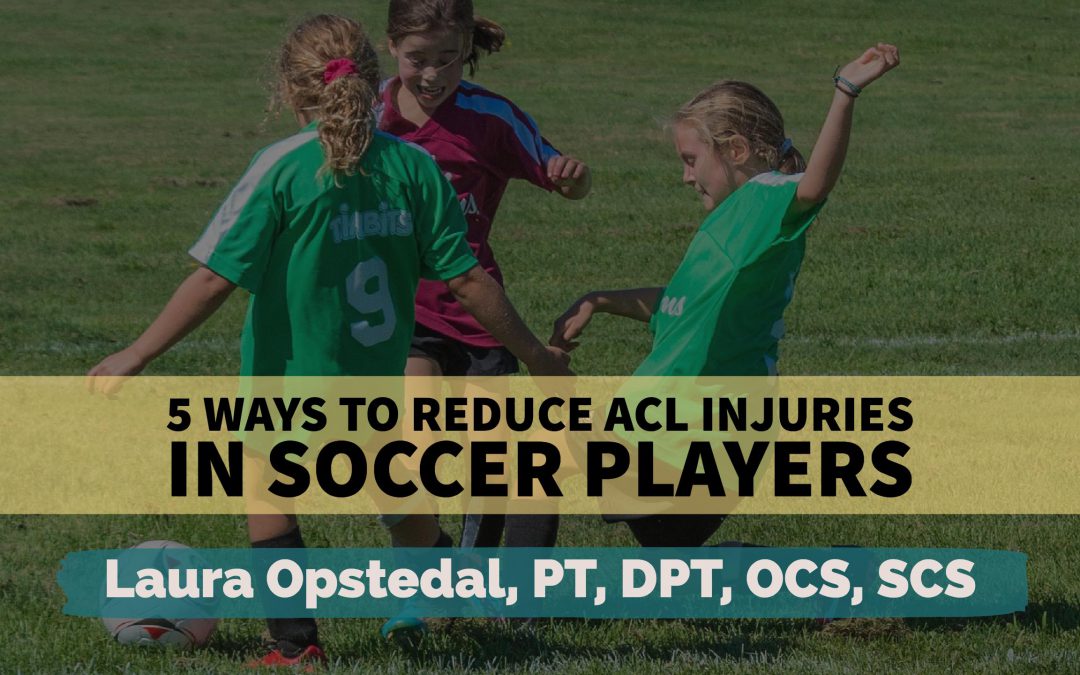5 ways to reduce risk of ACL tears in soccer players
Over 200,000 ACL ruptures occur in the United States annually. Women’s soccer has the highest ACL injury rate followed by American football. While no injury is entirely preventable, there are 5 key things you can do to decrease risk of ACL injury in soccer players:
-
STRENGTH. Spending time in the weight room is imperative. A robust strengthening program targeting the lower limbs, especially the quadriceps and hamstrings, will keep your athlete off the sideline. Working the muscles in isolation (i.e. knee extension and Nordic Hamstrings) in addition to closed chain squats, both double and single limb. Body weight alone is not sufficient! Load, load, and more load!
-
STAY DOWN LOW TO AVOID THE BLOW. Teach your athlete to be comfortable in greater knee flexion angles. It is less likely the athlete will rupture an ACL if the knees are in deeper flexion. Lower center of gravity will also help the athlete maintain better overall stability against external forces. This concept should be applied to cutting and change of direction drills in high repetition for carryover.
-
PLYOMETRIC TRAINING. A quick assessment on landing mechanics can help assess risk of ACL tear. I like to use Landing Error Scoring System (LESS). The athlete should not have any knee valgus at initial contact and should land in a large amount of knee flexion. Slow motion video on your phone helps give the athlete visual feedback. Add a variety of plyometrics to their strength program, including double limb, single limb, linear, lateral and diagonal.
-
DECELERATION TRAINING. Teach your athlete how to slow down. The athlete should not attempt to stop with the knee extended. I cue the athlete to sit back to engage glutes and hamstrings. The athlete should be able to demonstrate safe deceleration linear, lateral, and prior to change of direction. Good eccentric strength is needed; plyometrics will help.
-
REST. Year-round sports create an enormous challenge for the sports physical therapist. We are not likely to change this (I’ve tried!), but we can give families good advice. I will often talk about improving performance with adequate sleep and time off from their sport during the year. Make sure your athletes are getting 8 hours or more of sleep per night and encourage taking time away from their sport during the year to do something entirely different.


